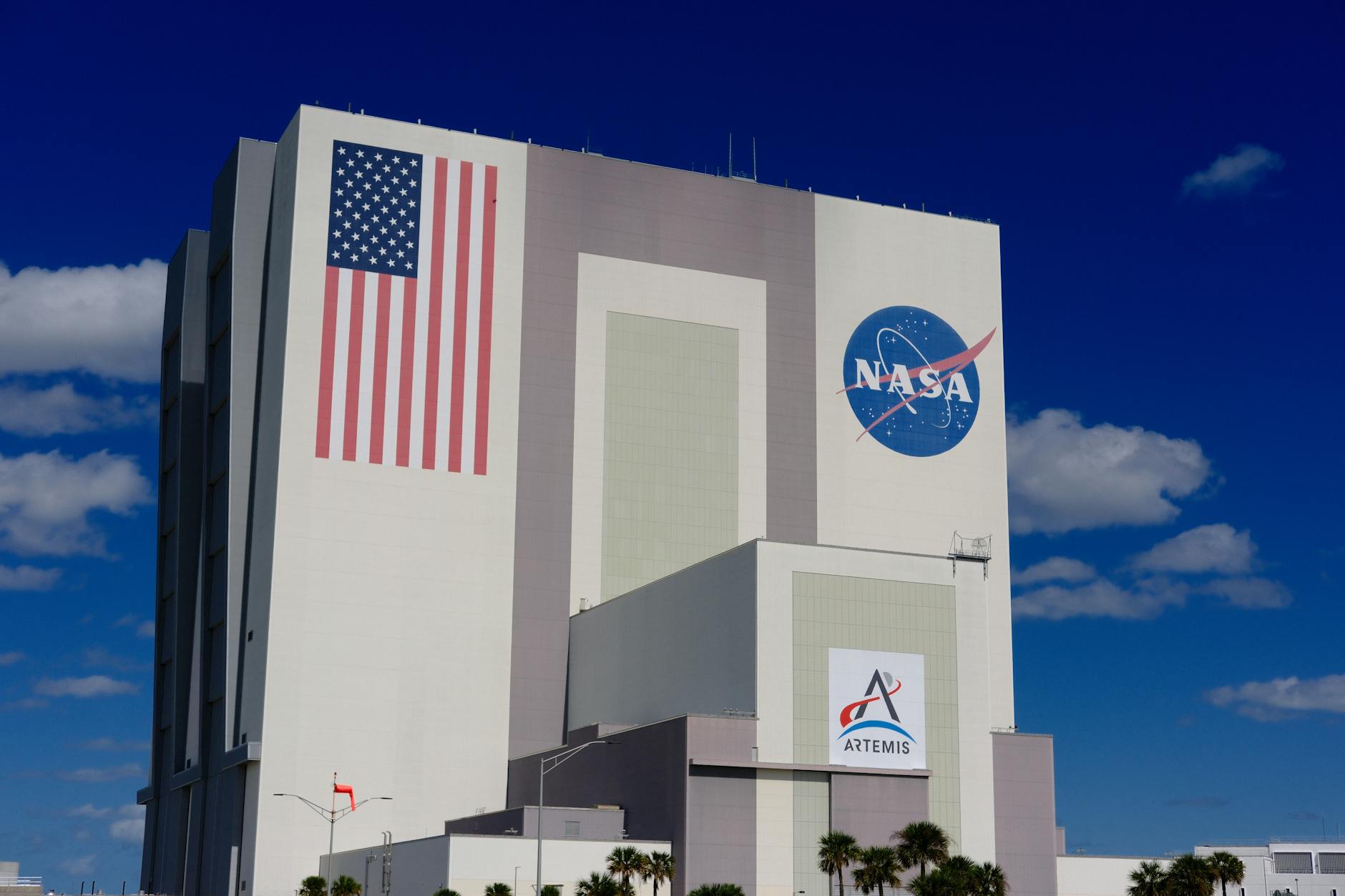NASA Advances Artemis III Rocket Assembly Amidst Programmatic Challenges
Precursor to 2027 Lunar Landing Mission Takes Shape as Funding and SpaceX Starship Schedules Loom
NASA has commenced the physical assembly of its Space Launch System (SLS) rocket for the Artemis III mission, the agency’s ambitious plan to return humans to the lunar surface, targeting a 2027 launch. This critical step in the Artemis program, which aims for sustained lunar exploration, involves integrating the core stage and other major components of the powerful rocket at NASA’s Kennedy Space Center in Florida. The development proceeds as the program navigates ongoing budget deliberations and the evolving timeline of its commercial partner, SpaceX, which is developing the Starship vehicle intended to serve as the human landing system.
Artemis III: The Next Giant Leap
The Artemis III mission represents a significant milestone for NASA, marking the first time American astronauts will land on the Moon since the Apollo program concluded over five decades ago. The mission is designed not only to land astronauts near the lunar south pole but also to conduct scientific investigations and pave the way for future deep-space exploration. The SLS rocket, a key element of this endeavor, is a super heavy-lift expendable launch vehicle that has already demonstrated its capabilities during the uncrewed Artemis I mission in late 2022. Its robust design is intended to carry the Orion spacecraft and its crew, along with elements of the lunar lander, into lunar orbit.
Assembly Progress and Programmatic Interdependencies
The current assembly phase focuses on integrating the massive core stage of the SLS rocket, which is powered by four RS-25 engines. This process is a complex logistical undertaking, bringing together components manufactured at various NASA centers and by aerospace contractors. While the physical construction of the rocket progresses, the overall timeline for Artemis III is intrinsically linked to the development and readiness of other program elements, most notably the Starship vehicle being built by SpaceX. NASA has contracted with SpaceX to develop and demonstrate a lunar variant of its Starship system, which will be responsible for transporting astronauts from lunar orbit to the surface and back.
Navigating Funding and Development Hurdles
The Artemis program, like many large-scale government initiatives, faces scrutiny regarding its funding. Congressional appropriations dictate the pace and scope of NASA’s activities, and ongoing budget negotiations can introduce uncertainties. Reports from the Government Accountability Office (GAO) and NASA’s own Office of Inspector General have highlighted potential cost overruns and schedule risks associated with the Artemis program, including the development of both the SLS rocket and the Starship lander. NASA leadership has consistently emphasized the need for stable and adequate funding to maintain the program’s trajectory.
Furthermore, the development schedule for SpaceX’s Starship has experienced delays. While SpaceX conducts iterative testing and development flights of its Starship and Super Heavy booster system, the specific configuration and operational readiness required for NASA’s Artemis III mission remain subject to ongoing testing and validation. NASA has outlined stringent performance and safety requirements for the human landing system, and its successful demonstration is a prerequisite for the Artemis III crewed landing.
Perspectives on the Path Forward
Proponents of the Artemis program emphasize the scientific and economic benefits of lunar exploration, including the potential discovery of resources like water ice and the stimulus provided to the aerospace industry. They highlight the technological advancements spurred by the development of the SLS rocket and the critical role of international and commercial partnerships in achieving these ambitious goals. The return to the Moon is often framed as essential for maintaining U.S. leadership in space and for advancing human knowledge.
Conversely, some observers and analysts have raised concerns about the program’s cost-effectiveness and timeline. Comparisons are often drawn to alternative launch vehicle concepts or commercial spaceflight providers that might offer different approaches to lunar access. The reliance on a single contractor for the human landing system also presents a potential single point of failure or dependency that could impact the overall mission schedule. Critics often advocate for greater competition and more agile development methodologies in space exploration.
Implications for Future Lunar Operations
The successful assembly of the Artemis III SLS rocket is a tangible step forward, demonstrating NASA’s continued commitment to its lunar objectives. However, the program’s ultimate success hinges on the coordinated readiness of all its components, particularly the SpaceX Starship lander. Any significant delays in either the SLS production or the Starship development could necessitate adjustments to the Artemis III mission timeline. The progress made in this phase, however, provides a foundation for future Artemis missions, which aim to establish a sustained human presence on the Moon and prepare for eventual missions to Mars.
Key Takeaways
- NASA has begun assembling the Space Launch System (SLS) rocket for the Artemis III lunar landing mission, targeting 2027.
- The Artemis III mission aims to return humans to the lunar surface for the first time since the Apollo era.
- The program’s timeline is contingent on both ongoing budget appropriations and the development progress of SpaceX’s Starship, which will serve as the human landing system.
- Potential funding challenges and development timelines for critical components introduce programmatic risks.
- Successful lunar landings are viewed by proponents as vital for scientific discovery and maintaining U.S. leadership in space.
Looking Ahead
As assembly continues, all eyes will be on the progress of the SpaceX Starship program and the finalization of NASA’s budget for the coming fiscal years. The successful integration of the SLS rocket is a testament to the dedication of the thousands of individuals involved in the Artemis program, but the path to a 2027 lunar landing remains a complex undertaking with multiple dependencies.


























